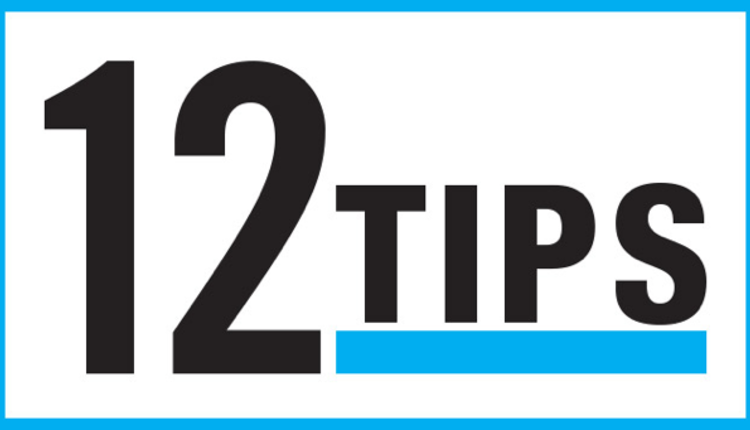
The Internet of things (IoT) will likely be one of the most powerful accelerators for digital transformation in our industry. That said, we at IDC predict that the worldwide IoT market will grow from $655.8 billion in 2014 to $1.7 trillion in 2020, with a compound annual growth rate (CAGR) of 16.9%. This market growth presents opportunities for technology vendors looking to enter the IoT ecosystem and for organizations looking to leverage the latest technology to drive productivity. While we are still at the beginning stages of this movement, I believe that IoT-driven transformation will contribute significantly to improvements to document workflows across multiple vertical markets and industries.
So, what is driving this shift in the way we work or will work in the future? One of the main drivers for IoT will be the proliferation of mobile devices and other connected products. As more autonomous devices are connected, such as building automation systems, medical electronics, industrial controllers, radio-frequency identification (RFID) tags and sensors, the number of endpoints for connectivity also increases. These connectivity points for IoT are critical, because while mobile devices promise to be the user interface (UI) of the IoT movement, it is the intelligent connectors embedded in devices that will drive the augmentation of IoT.
While the growth of IoT promises to change the way we communicate with our customers, it will also have a significant impact on how we work in office environments. A 2014 IDC study of 401 information technology (IT) decision makers showed that not only was budget being set aside for enabling IoT in their office, but they believed that the top factors for investing were increased productivity, improving customer service and improve time-to-market for products or services.
There are several key areas where I see how IoT could affect the current state of document workflows for end users. The first instance of this is how we track and collaborate throughout various workflows. At the core of IoT is data analytics and that is one of the main ways to get value from IoT. With the deluge of data generated from devices and machines, companies will be able to more efficiently track user behavior and develop workflows that enable proactive triggers for next steps. This shift will facilitate the adoption and proliferation of the smart workflow—and, ultimately, drive productivity.
Given the depth of analytics gathered, another IoT opportunity in document workflows is the removal or shift of digital silos. As data from machines, people and systems become more intertwined, the possibility of creating unified workflows becomes more of a reality. For example, in the healthcare industry, IoT could enable smart patient information workflows, with medical imaging equipment becoming connected to patient record information—making sure when a patient has an x-ray or sonogram that the data and images generated by that step flow automatically into billing or records information. No longer will information live in one place but across multiple areas of the document workflow. That said, companies looking to implement IoT in this way need to invest in data analytics solutions now that can begin to structure data into usable information. For solution providers, this represents an opportunity for data services that can bridge the gaps of digital silos and become the connecters of the organization.
The use cases for IoT with document workflows are exciting, but it's also important to remember that not all industries will see growth at the same rates. We believe that the industries that are already experiencing the beginnings/understanding of IoT will see the most immediate growth—industries such as industrial/automotive manufacturing, transportation and energy/utilities. Currently, we estimate that about 50% of IoT activity is focused more towards enabling smart cities, consumer applications and transportation/manufacturing. For example, in transportation, we see the connections of fleet management solutions that use engine sensors, telematics, communication hubs and remote technician services to provide efficient routing, vehicle health information and route tracking. The connections of the many stages of workflow in these first vertical markets are what are more likely to drive successful IoT workflow connectors in new markets.
Smarter workflows, sophisticated data analytics and the lessons learned by the first IoT connected vertical markets are what will drive the technology innovations and capabilities of IoT across other industries. We believe that within five years, companies in most industries will have rolled out IoT initiatives. For end users, this means that for the implementation of IoT tomorrow, investments must be made today for improved analytics, auditing of where document workflow bottlenecks occur and assessment of technology vendor roadmaps that sync with an organization's IoT future strategy.
Arianna Valentini is a senior research analyst on IDC's Hardcopy Industry Transformation and Page Volume Analysis research team. She is responsible for developing core service deliverables and custom research projects for clients, with a focus on how IDC's third platform is effecting industry transformation within the hard copy market. Ms. Valentini's areas of expertise include mobile technology, digital publishing software, brand strategy, market and trend analysis. Follow her on Twitter @LilVPrinterMC.




















